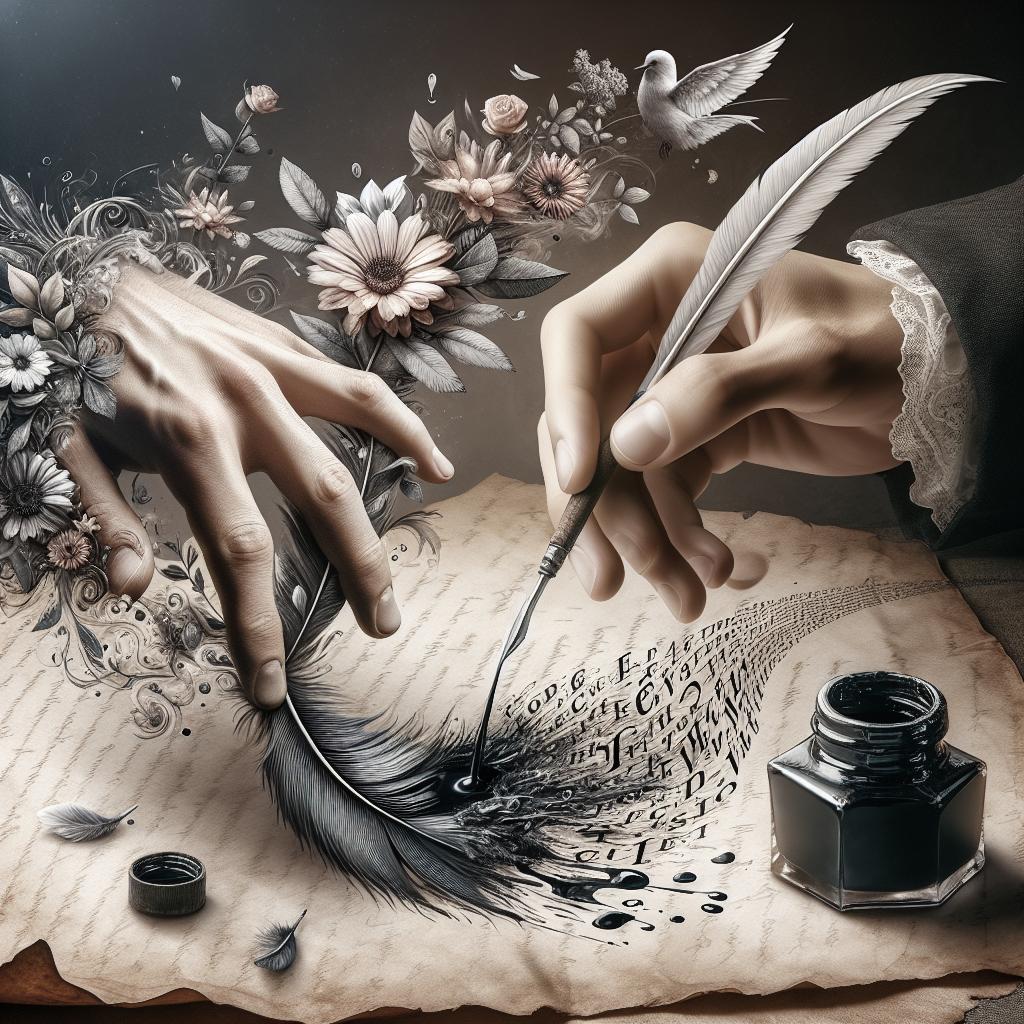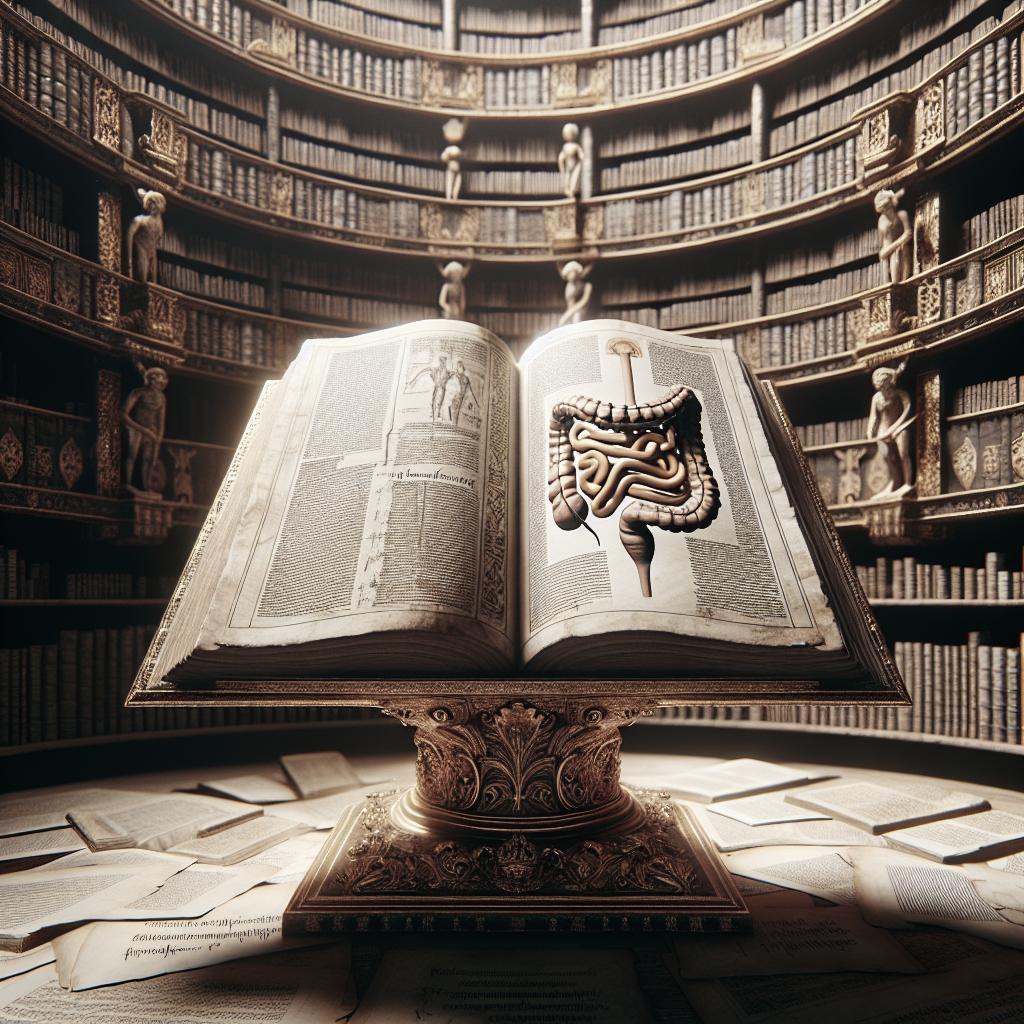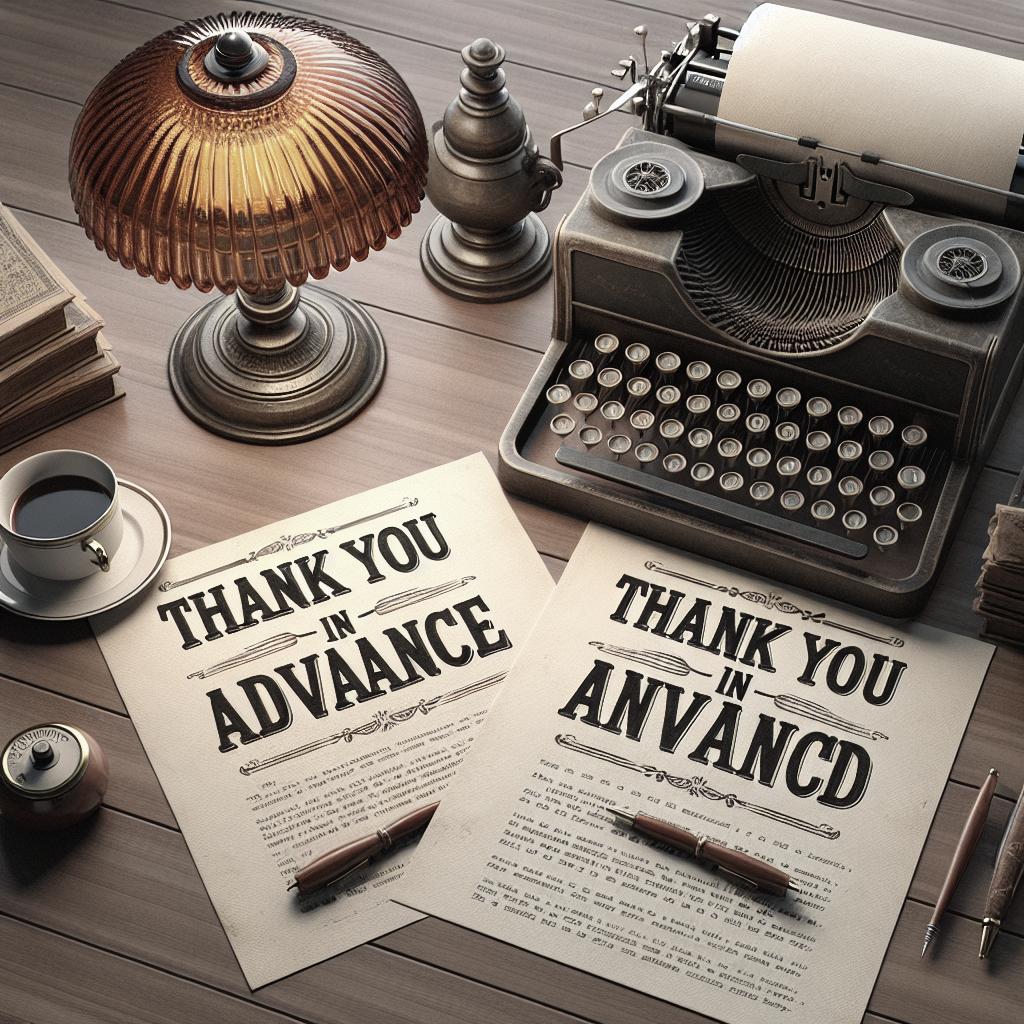Lyrical writing is an art form characterized by its musical quality and emotive power, appealing to the senses and emotions through rhythm, cadence, and vivid imagery. In this comprehensive guide, penned by Anusha M Shashidhar, we delve deep into what makes writing lyrical. We’ll explore its hallmarks, from the rhythm and cadence that define its flow to the meticulous crafting of sentence lengths and sound repetitions that enrich its texture. Furthermore, we’ll offer practical guidance on how to infuse your writing with lyrical elements and share expert tips to elevate your prose. By the end of this article, you’ll have a profound understanding of the benefits lyrical writing can bring to your storytelling, alongside responses to common queries. Finally, we’ll highlight some of our most popular blog posts in this realm, inspiring you to further explore the beauty and intricacy of lyrical expression. ## What Is Lyrical Style In Writing? Lyrical style in writing is a technique where the author uses language in a way that is both artistic and emotional, akin to poetry. This form of writing seeks to captivate readers not just through narrative and dialogue, but through the music inherent in its words. It’s characterized by its rhythmical nature, a sense of movement and flow that can invoke strong imagery and emotions. What distinguishes lyrical writing is its emphasis on the aesthetic quality of words and their arrangement, making the prose feel like poetry. Such writing is not only prominent in literature but also in journalism, advertising, and digital content, enhancing the emotive appeal and engagement factor. The lyrical style draws the reader into a world crafted with care, where each sentence contributes to the overall melody and atmosphere of the piece. The beauty of lyrical writing lies in its ability to turn ordinary narratives into extraordinary experiences, be it through vibrant descriptions or capturing the essence of moments and feelings. ### By Anusha M Shashidhar Anusha M Shashidhar, an acclaimed author and journalist, has a deep-seated appreciation for the lyrical style. With several years of experience in crafting compelling narratives, Anusha brings her expertise to explore how this distinctive approach can transform writing into an immersive and evocative form of art. Through her insights, you’ll learn not only the theoretical aspects of lyrical writing but also practical applications that can enhance your own writing endeavors. ## Examples Of Lyrical Style ### Rhythm Rhythm in lyrical writing is akin to rhythm in music; it involves the pace and beat of language that provides a sense of cadence and flow. Writers often manipulate sentence structure and word choice to create a pattern or flow that resonates with readers. By paying attention to the syllables and the stress pattern of words, authors can craft sentences that move with a deliberate tempo, engaging the reader and enhancing the narrative’s impact. Rhythm can vary within a piece depending on the mood the writer wants to convey. A rapid rhythm might evoke excitement or tension, while a slower rhythm can convey calmness or sorrow. Thus, controlling rhythm is an effective tool for writers to transport readers into the emotional core of their story. ### Cadence Cadence refers to the rise and fall of the voice that can be mimicked on the page through strategic word placement and punctuation. A writer using cadence skillfully can guide the reader through a narrative much like a conductor guiding an orchestra. This technique involves the use of phrasing, where periods, commas, and dashes create natural pauses that mirror speech patterns, maintaining an authenticity in writing that feels both organic and intuitive. By mastering cadence, writers can ensure that each sentence contributes to the overall musicality of the piece, where the arrangement of words and phrases mirrors the ebb and flow of natural speech, often creating an emotional resonance that transcends the limitations of standard prose. ### Length Of Sentence Sentence length in lyrical writing is instrumental in shaping the reader’s experience and emotional response. Longer sentences might create a sense of continuity and immersion, drawing readers deeper into the narrative’s flow. They allow the writer to build elaborate imagery or develop complex ideas, engulfing the reader in a world rich with detail and nuance. Conversely, shorter sentences can punctuate a narrative with moments of clarity or emphasis, breaking the rhythm to captivate attention or convey urgency. The interplay between long and short sentences adds texture to the prose, ensuring that the reading experience remains dynamic and compelling. ### Repetition Of Sounds Repetition of sounds, such as alliteration, assonance, and consonance, is a hallmark of lyrical writing. These techniques involve the repetition of similar sounds at the beginning of words or within a sentence to create a sense of harmony and continuity. Alliteration uses the repetition of consonant sounds, assonance the repetition of vowel sounds, and consonance the repetition of consonant sounds in the middle or end of words. These sound patterns can enhance the aesthetic quality of prose, encouraging readers to appreciate the beauty of the language itself. By echoing sounds throughout the text, the writer weaves a melodic thread that holds the narrative together, making the reading experience both pleasant and memorable. ## How To Use Lyrical Style In Your Writing Incorporating lyrical style into your writing involves an intentional focus on the musical qualities of language. Start by reading poetry and lyrical prose to get a feel for how language can be both a vehicle for meaning and a medium for emotion. Pay attention to how poets and lyric writers use elements like rhythm, cadence, and sound repetition to create an immersive experience. Next, experiment with your writing by focusing on word choice and syntax to craft sentences that resonate with rhythm and emotion. Consider the flow of your sentences and how they sound when read aloud. Use varied sentence lengths to build momentum or inject rest, and practice implementing sound devices such as alliteration and assonance to enhance the sonority of your narrative. Embrace the natural ebb and flow of language by allowing your writing to follow a cadence that reflects the story’s emotional landscape. Incorporate vivid imagery and emotive language that not only tells but also paints a mental picture. With practice, your prose can evoke the lyrical quality that transforms writing into an art form. ## Top Tips For Writing Lyrically 1. Read Aloud : Reading your work aloud can help you identify rhythmic patterns and phrases that may disrupt the flow. It also allows you to experience your writing as a listener, giving insight into its auditory appeal. 2. Use Vivid Imagery : Engage the senses by incorporating detailed and descriptive imagery that paints a vivid picture in the reader’s mind. This evocation is central to the power of lyrical writing. 3. Experiment with Devices : Play with literary devices like metaphors, similes, and personification to enrich the textual landscape and add layers to your narrative. 4. Mind the Pacing : Pay attention to the pacing of your sentences, using varied lengths to maintain the reader’s interest and emphasize important narrative moments. 5. Embrace Emotion : Lyrical writing often conveys profound emotions. Allow your voice to reflect the internal states of your characters or themes, ensuring authenticity and connectivity with the reader. ## Benefits Of Lyrical Style In Prose The lyrical style enriches prose by infusing it with a sense of music and emotion that captivates readers. This approach can transform mundane narratives into memorable, emotive experiences that engage readers on a deeper level. The use of rhythmic and sound patterns can make stories more engaging and fluid, encouraging immersion and connection with the text. Furthermore, lyrical writing enhances the expressiveness of prose, allowing authors to portray complex emotional landscapes with nuance and sensitivity. It encourages readers to savor the language and appreciate the beauty of the written word, fostering a deeper appreciation for literature as both a narrative and artistic endeavor. ## Frequently Asked Questions 1. What genres benefit most from lyrical writing? Lyrical writing can enhance many genres, but it is particularly effective in fiction, poetry, memoir, and narrative non-fiction, where emotive and descriptive language enhances the storytelling experience. 2. Is lyrical writing suitable for all authors? While not every author naturally gravitates towards lyrical writing, with practice, any writer can incorporate its elements into their work to varying degrees, enhancing their narrative style. 3. Can lyrical writing be overdone? Yes, as with any stylistic choice, moderation is key. Excessive lyricism can overwhelm readers or detract from the narrative’s clarity, so it’s important to balance poetic elements with clear storytelling. ### About the author Anusha M Shashidhar is an acclaimed writer and journalist whose work blends lyrical prose with insightful storytelling. Her skills in capturing human emotions and experiences through words have earned her accolades in the literary community. ## Most Popular Posts In… 1. Creative Writing : Tips and tricks for budding authors. 2. Content Strategy : Crafting compelling online narratives. 3. Digital Storytelling : Engaging audiences in the digital age.
| Section | Summary |
|---|---|
| What Is Lyrical Style | An artistic and emotional writing technique, similar to poetry, notable for its rhythm and flow. |
| Examples Of Lyrical Style | Discusses rhythm, cadence, sentence length, and repetition of sounds as key lyrical elements. |
| How To Use Lyrical Style | Encourages reading, experimenting with language, and embracing the emotional and rhythmic aspects in writing. |
| Top Tips For Writing Lyrically | Offers practical advice on reading aloud, imagery, literary devices, pacing, and emotion. |
| Benefits Of Lyrical Style | Highlights the emotional engagement, enhanced expressiveness, and artistic depth lyrical writing brings. |


